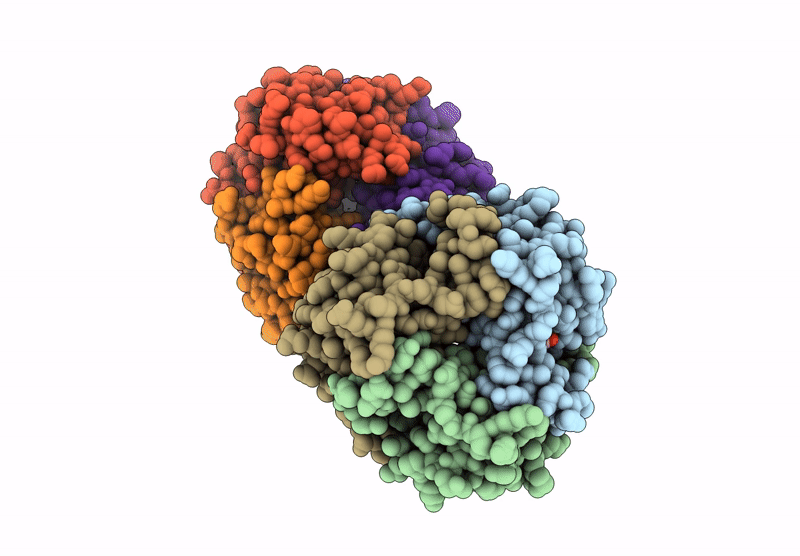
Deposition Date
2024-06-07
Release Date
2025-03-05
Last Version Date
2025-03-05
Entry Detail
PDB ID:
9C6D
Keywords:
Title:
Crystal structure of mutant NonPro1 Tautomerase Superfamily Member 8U6-S1P in complex with 3-bromopropiolate inhibitor
Biological Source:
Source Organism:
Sulfurovum (Taxon ID: 265570)
Host Organism:
Method Details:
Experimental Method:
Resolution:
2.10 Å
R-Value Free:
0.25
R-Value Work:
0.19
R-Value Observed:
0.19
Space Group:
C 1 2 1


